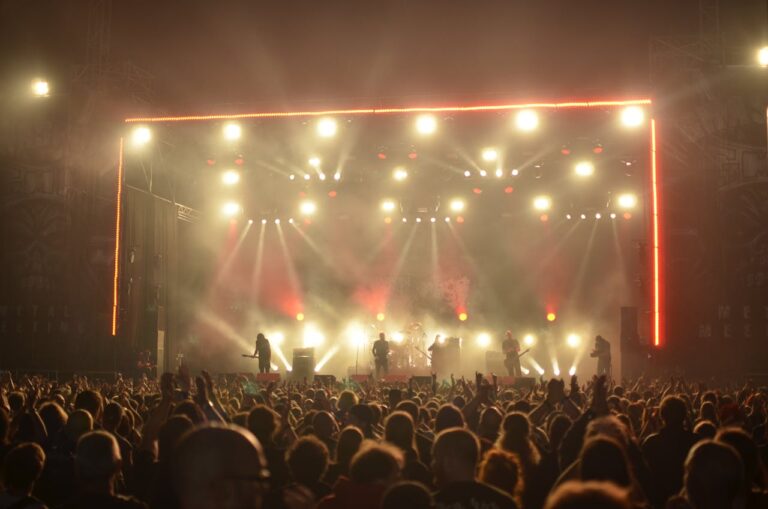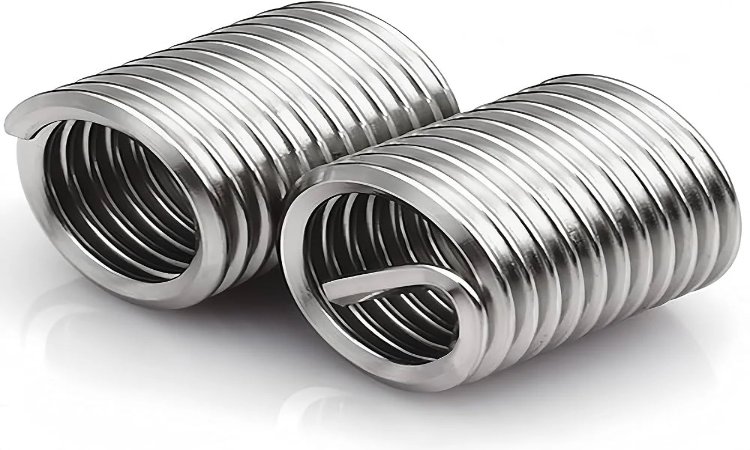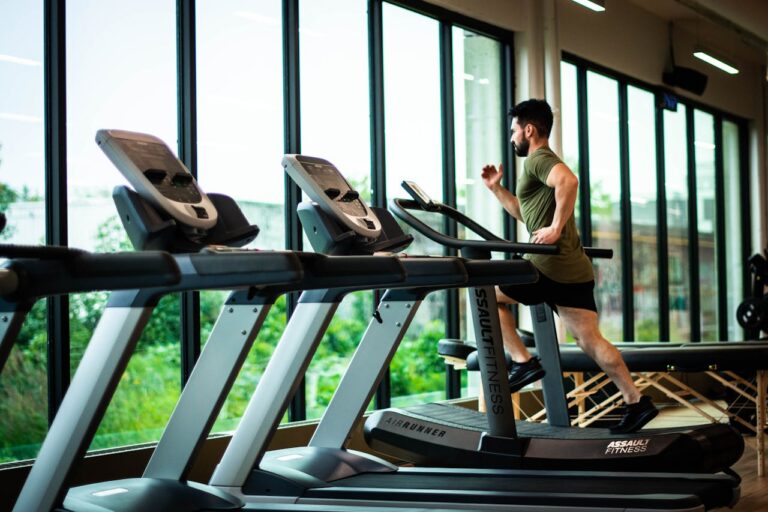
For many people, the idea of having a complete home gym feels like a luxury reserved for professional athletes or fitness enthusiasts with endless space. But the truth is, building a functional and inspiring workout area is now more accessible than ever. With the right equipment—and a smart approach to layout—even a small room or a corner of a garage can be transformed into your own wellness hub.
Whether your goal is to build strength, improve cardio endurance, or add a touch of Pilates for mobility and core stability, a home gym can give you both freedom and consistency. You don’t need to fight for machines, wait for weights, or feel rushed during busy hours. It’s just you, your equipment, and your goals.
Let’s walk through how to create a complete, well-balanced setup that fits your lifestyle, budget, and available space.
Strength Training Essentials for a Solid Foundation
Strength training is at the heart of most home gyms because it supports almost every wellness goal—fat loss, muscle growth, functional movement, posture improvement, and even better ageing. But you don’t need to buy everything at once. Start with versatile items that target multiple muscle groups.
Adjustable Dumbbells
These are a game-changer, especially for smaller spaces. Instead of buying 10 different pairs, a single adjustable set covers a wide range of weights. You can move from a light warm-up to a heavier working set without clutter. People who work from home love these because they can sneak in a quick 10-minute session between tasks.
A Sturdy Weight Bench
A bench unlocks hundreds of exercises—presses, rows, step-ups, core movements, and more. Choose one with multiple incline positions to target different angles. A good-quality bench will last years and support everything from beginner workouts to advanced strength programming.
Barbell and Plates (If Space Allows)
If you’re serious about training or simply want long-term flexibility, a barbell setup is unmatched. Even a basic lineup consisting of a bar, a few plates, and a compact rack allows you to perform squats, deadlifts, bench presses, overhead presses, and many other compound lifts. These lifts are the backbone of functional strength.
Resistance Bands
Affordable, portable, and surprisingly powerful. Bands can be added to stretching, warm-ups, strength sessions, and rehab-style exercises. Fitness coaches often use them to activate muscles before heavier movements, as you see in strength and conditioning routines in sports and physical therapy settings.
Cardio Equipment to Keep Your Heart in the Game
A good home gym balances strength with cardio. You don’t need a huge treadmill if your space is limited, though that’s a great option for those who enjoy long walks or runs. Choose equipment based on what you enjoy—because consistency beats intensity.
Compact Treadmills or Walking Pads
Perfect for apartment dwellers or remote workers who want to stay active while handling emails or watching videos. Walking pads have become extremely popular because they fold away neatly and pair well with standing desks.
Rowing Machines
A rowing machine provides a low-impact, full-body workout that engages the legs, core, and upper body simultaneously. It’s ideal for people who want to burn calories and condition without stressing their joints.
Exercise Bikes
From basic spin bikes to air bikes used in high-intensity training, a bike is versatile and quiet enough for early-morning workouts. They’re great for improving stamina and can fit into tight corners.
Jump Ropes & Mini Steppers
These are small but powerful tools. Jump ropes improve coordination and footwork—techniques often taught in boxing and martial arts. Mini steppers mimic stair climbing and provide a surprisingly tough workout despite their small footprint.
Adding Pilates for Balance, Core Strength & Mobility
Pilates is one of the best training styles to complement strength and cardio routines. It improves flexibility, posture, breathing, balance, and core strength. Even elite athletes incorporate Pilates to prevent injuries and enhance movement efficiency.
You don’t need a big reformer machine to start. Here are simple but effective pieces to include:
Yoga or Pilates Mat
A high-quality mat is the base of your floor exercises, stretching, and mobility work. It’s also an important accessory for cooldowns and mindfulness breathing.
Pilates Rings
These lightweight rings help activate smaller muscle groups—especially around the arms, chest, and thighs. They are fantastic for beginners and for people working on improving body awareness.
Small Dumbbells or Pilates Balls
These add a bit of resistance to traditional Pilates routines, helping with toning and stability. Even a 1- or 2-kg pair is enough.
Foam Roller
Great for recovery, posture correction, and improving blood circulation. Many physiotherapists recommend foam rolling as part of a balanced wellness routine because it helps release muscle tension and encourages better movement patterns.
Designing Your Space: Layout, Comfort & Motivation
Building a home gym isn’t only about equipment—it’s also about creating a space that makes you want to show up. Think about layout, lighting, ventilation, and even a bit of personality.
Choose Your Zone Wisely
It could be a spare room, a garage, or even a corner of a bedroom. Make sure it has good airflow and enough space to move safely.
Organize Smartly
Storage racks, hooks, or shelving can keep weights and accessories neat. The more organised your space is, the more likely you are to stick with your fitness routine.
Add Mirrors
Mirrors are more than aesthetic—they help you check your form and can make smaller rooms feel bigger.
Keep It Motivating
A speaker for music, a wall with your goals, or even soft lighting can change how you feel during workouts.
Where to Find Quality Equipment for Every Fitness Level
Whether you’re building your first setup or expanding an existing one, choosing good-quality equipment is critical. Durability, safety, and performance should always come first. For readers exploring reliable online options, check out olijoy.com.au for a wide range of strength, cardio, and Pilates essentials designed for home fitness.
As you browse, compare different styles and consider long-term use. Investing in equipment that supports your goals today and your future progress helps you save more in the long run.
If you’re unsure where to start, look at how professionals structure their training spaces. Some prefer minimalist setups focused on bodyweight and free weights; others build out full strength-and-conditioning areas similar to the training environments used in exercise physiology programs. No matter your style, the right choices will make your home gym feel both functional and enjoyable.
Also Read: Gym Membership on a Budget: Tips for Getting the Best Deal
Final Thoughts: Your Home Gym, Your Rules
Building a complete home gym doesn’t require a giant budget or endless space—it simply requires intention. Pick equipment that is versatile, durable, and aligned with your personal goals. Start small if needed, then expand as you grow stronger and more confident.
At the end of the day, your home gym is more than a collection of equipment—it’s an investment in your health, motivation, and long-term well-being. And once you experience the convenience of having everything you need just a few steps away, you’ll wonder why you didn’t start sooner.








